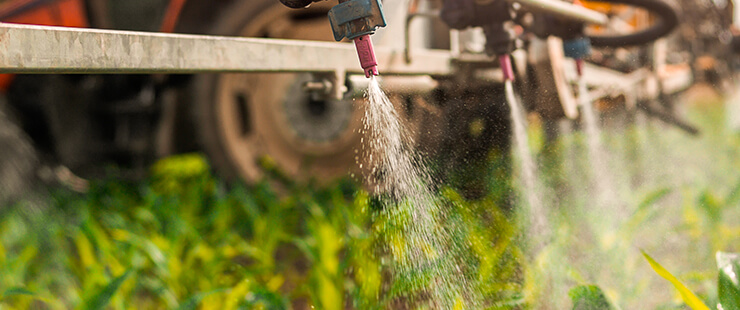Get unique, complex parts easily. No matter your requirements, Chaoyi Spring creates hard-to-produce coil springs and wire forms.
Let us help you create the custom wire form you need, from S-hooks and J-hooks to utility hooks and more.
We work closely with customers across a wide range of industries, helping them design and manufacture made-to-order parts.
Why choose Chaoyi Spring? We prioritize customer-focused collaboration, modern equipment and the latest technology to make your parts per print.
Find the information and guidance you need, from measuring a spring to learning about materials, placing an order and much more.
When it comes to springs, two common types often come up: torsion springs and tension springs. While both are essential mechanical components used in various applications, they differ significantly in


When it comes to springs, two common types often come up: torsion springs and tension springs. While both are essential mechanical components used in various applications, they differ significantly in their design, function, and applications. Understanding the differences between these two spring types is crucial for choosing the right one for your specific needs. This article will delve into the intricacies of torsion springs and tension springs, exploring their distinct characteristics, applications, and considerations for selection.

Torsion springs are designed to store and release energy through twisting or rotational motion. They are typically coiled spring wires that exert a force when twisted or rotated. Imagine a spring-loaded door closer; the spring inside is a torsion spring that generates force as the door opens, allowing it to close automatically. Torsion springs are often found in applications where rotational movement is required, such as:
Torsion springs work by converting rotational energy into stored potential energy. When the spring is twisted, it stores energy in the coil. When released, this stored energy is converted back into rotational energy, driving the attached mechanism. This twisting action is their key characteristic, making them ideal for applications requiring rotational force.
Tension springs, on the other hand, are designed to exert a force when stretched or pulled. They are generally linear springs, with coils that are stretched and contracted. Think of a spring-loaded retractable tape measure; the spring inside is a tension spring that pulls the tape back into the housing. Tension springs are commonly used in applications where linear pulling or stretching force is needed, including:
Tension springs work by storing potential energy when stretched. The force they exert is proportional to the amount they are stretched. As the spring is pulled, it stores potential energy in the stretched coils. When released, this stored energy drives the spring back to its original unstretched state.
The primary difference between torsion springs and tension springs lies in their force generation mechanism. Torsion springs generate force through twisting, while tension springs do so through stretching. This fundamental distinction leads to several other key differences:
These differences are crucial to consider when selecting the right spring for your application. Understanding the nuances of each type will ensure you choose a spring that meets the specific needs of your project.
Selecting the appropriate spring is critical for ensuring optimal performance and longevity. When choosing between a torsion spring and a tension spring, consider the following factors:
By carefully considering these factors, you can ensure that you choose the most appropriate spring for your specific application.
Both torsion springs and tension springs have a wide range of applications in various industries. Here are some common examples:
The wide range of applications highlights the versatility and importance of these two spring types in modern engineering and design.
Torsion springs and tension springs are essential mechanical components with distinct characteristics and applications. Understanding their differences and considering the key factors during selection is crucial for achieving the desired functionality and performance. By carefully evaluating the force requirements, movement type, space constraints, material requirements, and durability, you can choose the most suitable spring for your application. Whether it's rotational movement in a door closer or linear force in a retractable cord, selecting the right spring ensures the success and reliability of your design.
In the world of springs, torsion and tension springs stand out as versatile and powerful components. By understanding their unique characteristics, applications, and selection considerations, engineers and designers can effectively leverage their strengths for various mechanical systems. From automotive systems to consumer products, these springs continue to play a critical role in driving functionality, efficiency, and performance across diverse industries.
Browse some of the custom wire forms and springs that we manufacture. Don’t see what you need? We specialize in made-to-order products that meet your application requirements.
Visit Our GalleryNeed a custom wire form or coil spring? We make it work. Fill out the contact form and a representative will respond within 1 business day. If you have a PDF or CAD file, you can submit to request a quote.